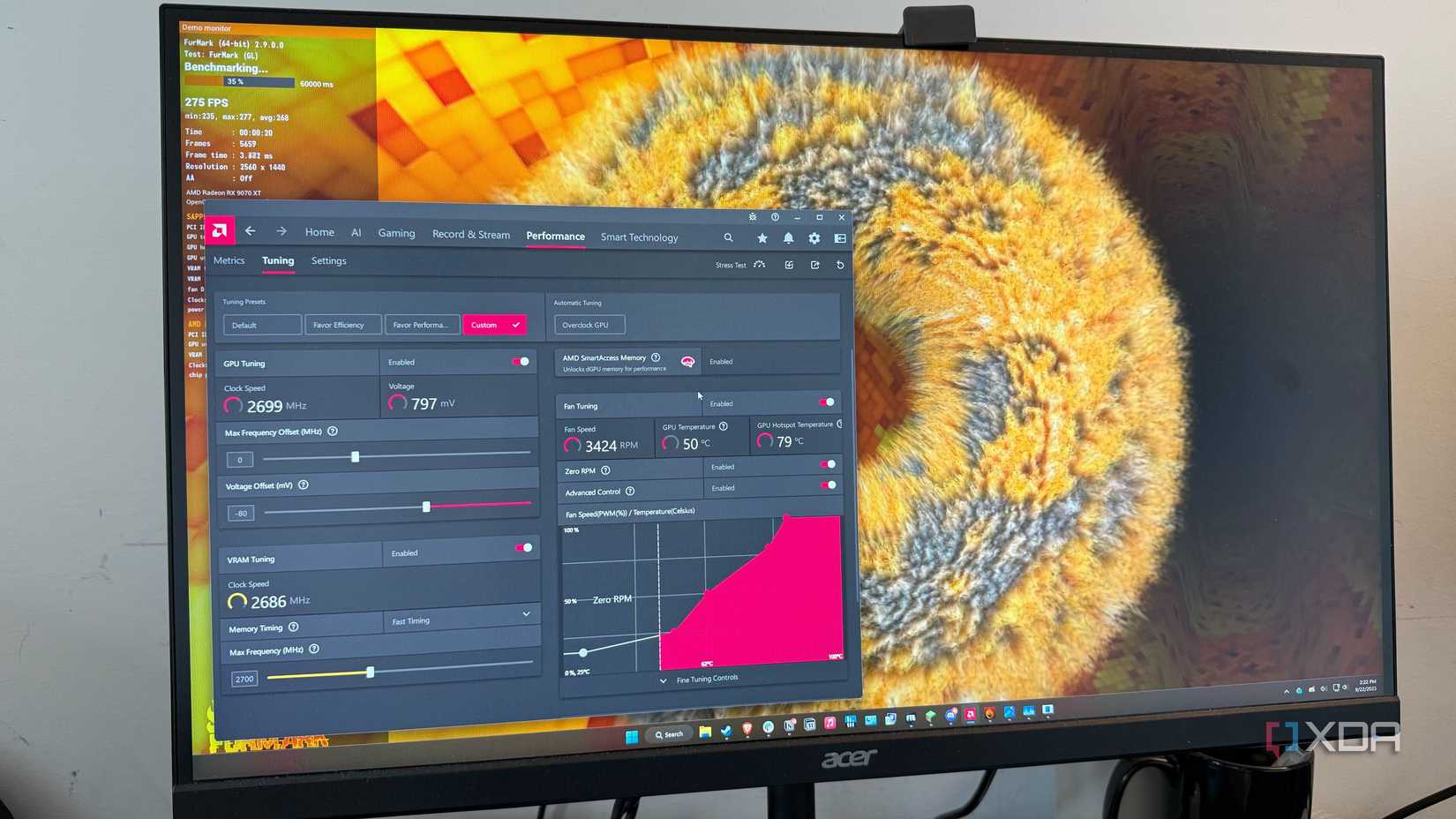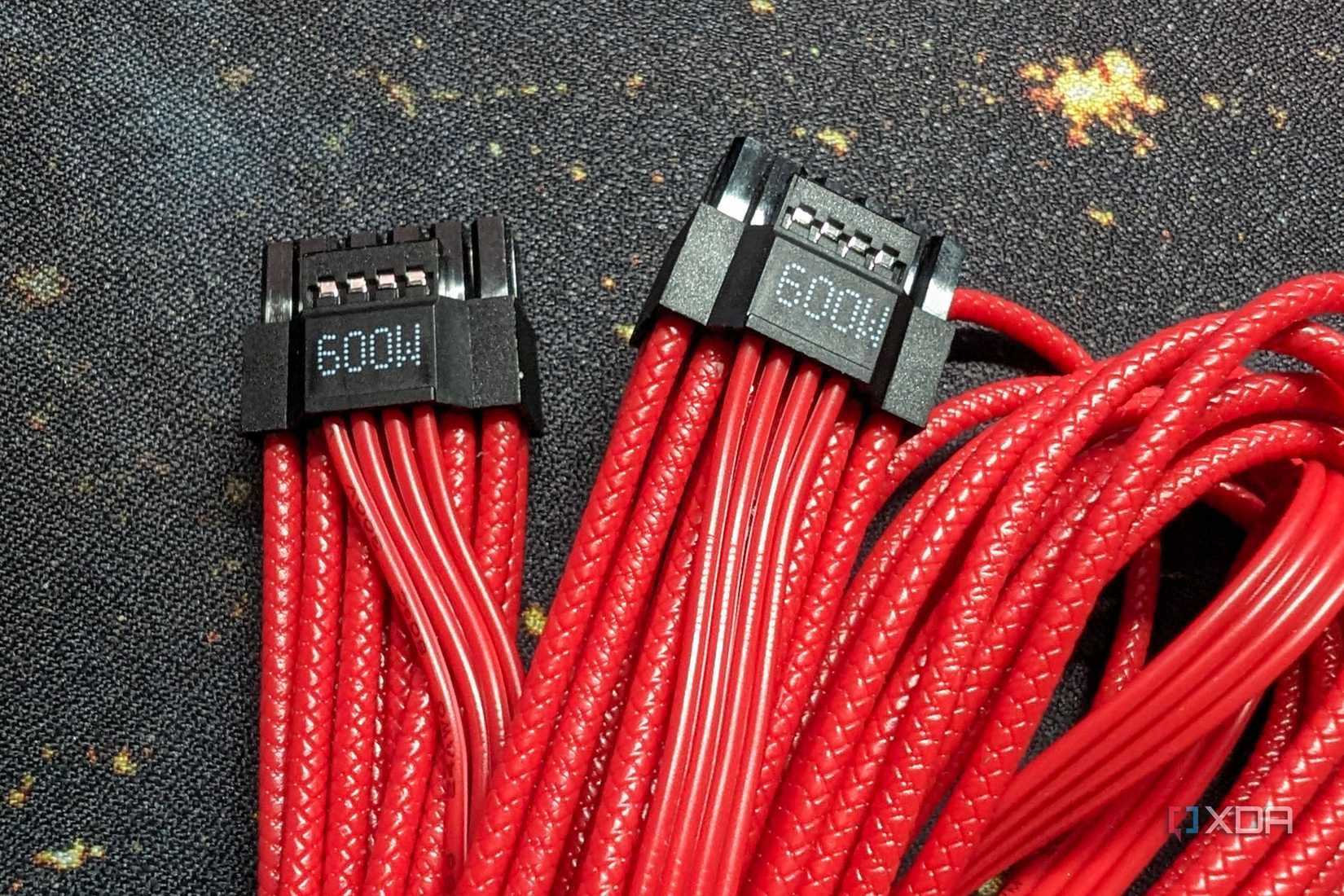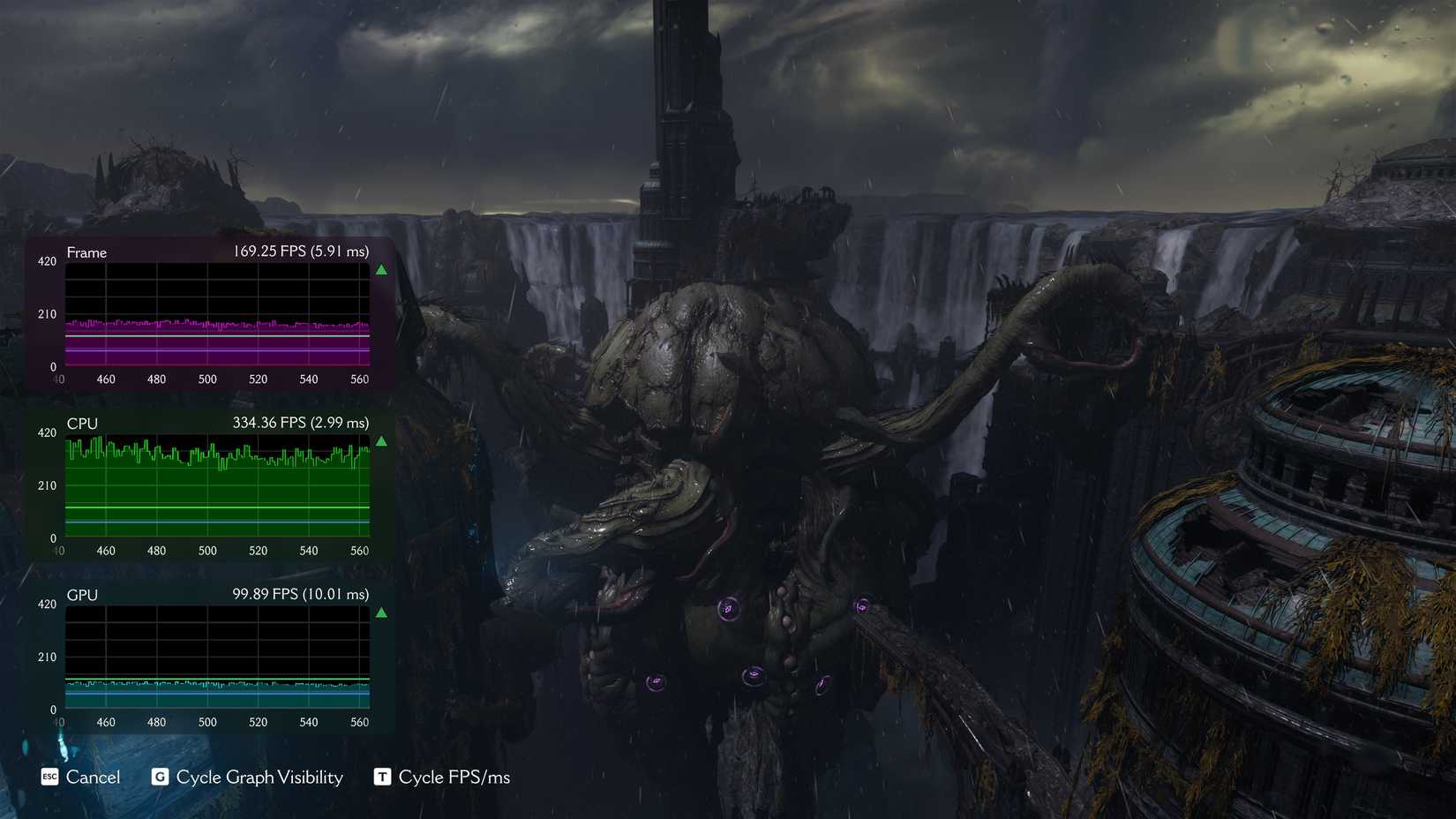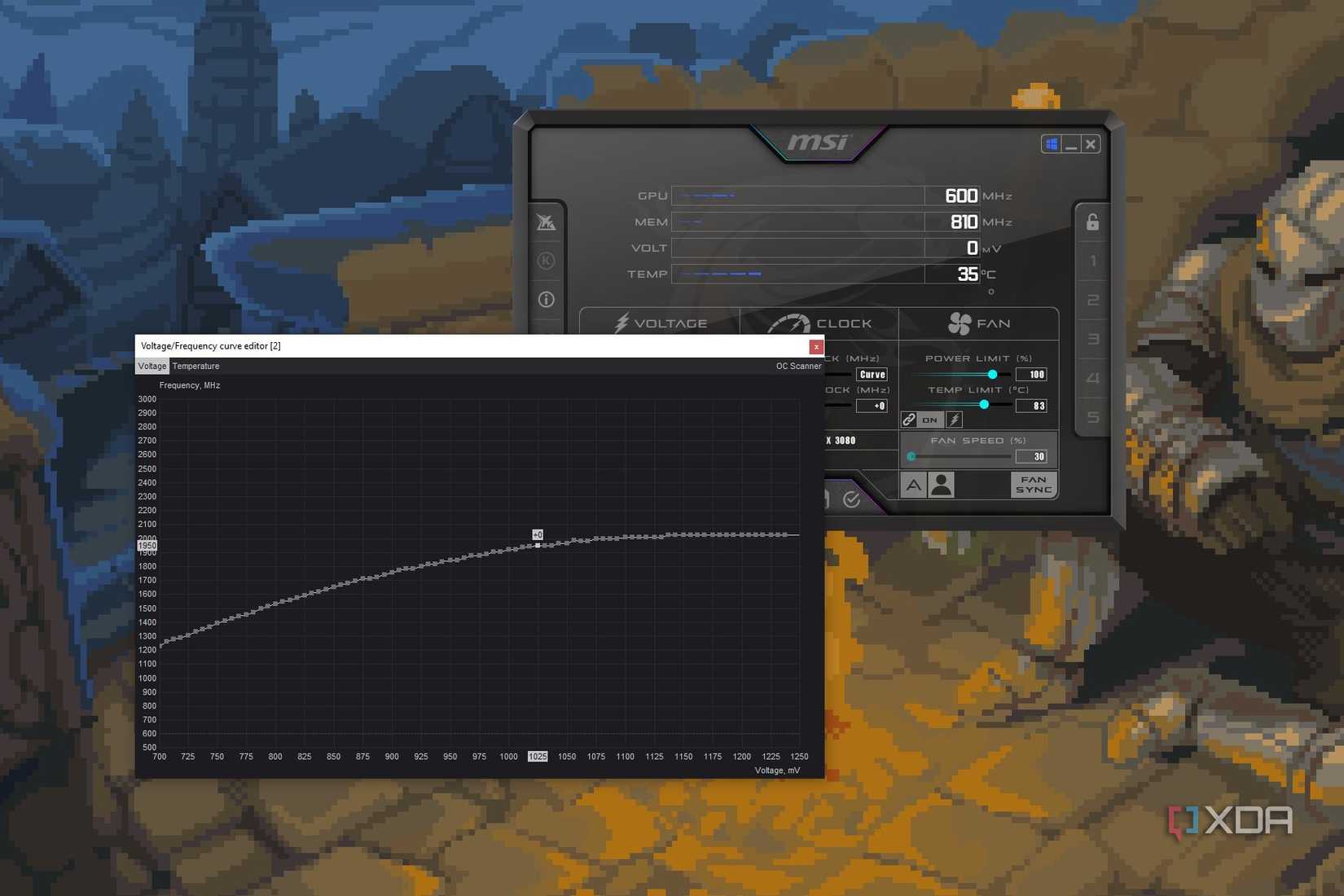His love of PCs and their components was born out of trying to squeeze every ounce of performance out of the family computer. Tinkering with his own build at age 10 turned into building PCs for friends and family, fostering a passion that would ultimately take shape as a career path.
Besides being the first call for tech support for those close to him, Ty is a computer science student, with his focus being cloud computing and networking. He also competed in semi-pro Counter-Strike for 8 years, making him intimately familiar with everything to do with peripherals.
Undervolting versus overclocking might sound like two sides of the same coin, but the benefits they bring are very different. While overclocking chases raw speed at the cost of heat and power draw, undervolting prioritizes efficiency and stability. For most users, that trade-off makes undervolting the far more practical choice, and here are six reasons why.
Consistent performance
Better frametimes, frame pacing

Overclocking is a way to push your components to their limits in a literal fashion, and while it can increase the peak performance of your GPU or CPU in synthetic benchmarks, in real world workloads like gaming you may see inconsistency in metrics like frametime or 1% lows. Under sustained loads, overclocked components can hit power and thermal limits, which can cause your clock speeds to bounce around, resulting in inconsistent frame pacing. This matters a lot more in titles where smoothness is paramount, like in Counter-Strike 2 for instance.
Undervolting provides much more consistent performance, as long as it's stable. You avoid any kind of throttling with thermals or voltage, so long as it's configured as such, and this results in a much more predictable experience. Your raw peak FPS may be a little lower than what a heavy overclock can achieve, but it comes at the cost of consistency.
Improved thermals
Less heat output is better for your system

A side effect of overclocking is increased thermal load, especially if both your CPU and GPU are tuned up. An unavoidable reality of applying a significant overclock is the need to increase voltage, and this results in increased thermal load, which can actually hurt your baseline performance in some cases.
Instead of needing to invest in a more expensive cooling setup that may not even increase performance meaningfully, undervolting can improve thermals significantly, while maintaining performance. A knock-on effect of this is the vast improvement in acoustics, because your fans don't have to spin nearly as fast when there isn't as much heat being produced.
Extended hardware lifespan
Heat is the enemy
With the higher voltages required for a substantial overclock also comes a potential for shortening the lifespan of your components. High heat and voltage accelerates wear and tear on transistors, and undervolting can ease this stress. This can potentially lengthen the lifespan of not only your CPU or GPU's silicon, but also the fans that cool them.
Better power efficiency
For GPUs especially

Both the CPU and GPU can suck back hundreds of watts while under load, and an overclock exacerbates this significantly because of the higher power requirements. Undervolting, especially when done to a GPU, can decrease voltages by 50W–100W. On cards that take particularly well to undervolting, you can see improvements of over 100W, but as with any sort of tweaks to power delivery, your mileage may vary when it comes to stability.
Fewer stability issues
Easy to get right

While they both require a bit of fine-tuning to remain stable, overclocking requires far more trial and error to find the stable point of maximum performance, and even then, you still may be unstable under certain conditions.
Undervolting is much easier to tune, as you're only dealing with one variable directly. Sure, you can tune the power limit and fan curve alongside a voltage offset, but when compared to overclocking, where you're tuning voltage and clock speed, there's so much less you can screw up. Undervolting is also typically a lot more forgiving, often not resulting in full system crashes when a point of instability is reached. Of course, your mileage may vary, but if I tune my GPU's voltage offset too low and I crash in a game, the driver will take a moment to restart, and my system recovers gracefully most of the time.
Far more practical for most users
Overclocking gains are pretty minimal these days

If we're taking an honest look at overclocking in the current landscape, there really isn't much performance to be gained when using off-the-shelf components. Modern CPUs and GPUs already boost near their maximum potential out of the box, and the extra performance you get from pushing them a little further will be a few percent at most.
If you win the silicon lottery, you might touch double digits in terms of percentage, but for most users, the overclocking juice isn't worth the squeeze for everyday use. Undervolting is a much more practical endeavor for most users, allowing them to maintain performance while decreasing temps, noise, and power usage using one or two sliders at the most.
Overclocking still has its place
When I started getting interested in PC hardware, overclocking was all the rage, and besides having a cool name, going through the process could net you significant real-world performance gains. Doing so for fun or to chase benchmark records still absolutely has its place, but as far as the last couple of generations of hardware goes, applying an undervolt to your GPU and CPU will net you far more practical benefits than an overclock will.
.png)












 English (US) ·
English (US) ·